These Cars Were Different and Better Outside North America
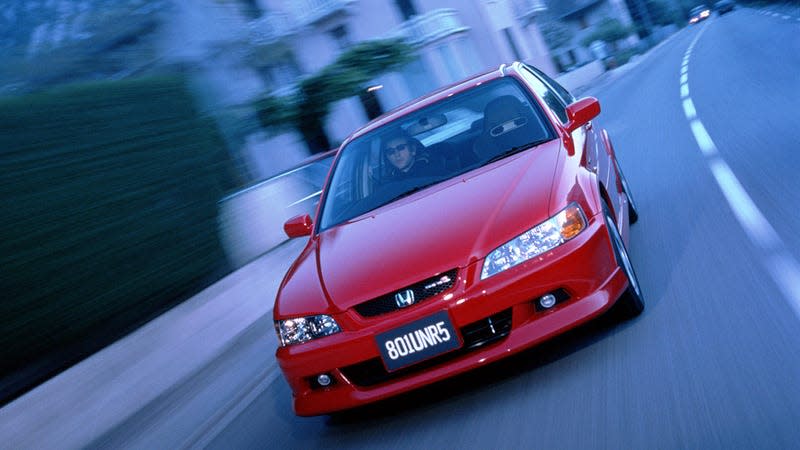
What sells in one part of the world may be a dud in another, and it’s for that reason that automakers like to tweak or, in some cases, develop entirely different versions of cars for certain markets. It’s a practice that has faded away somewhat in the 21st century due to globalization and consolidation, but it still happens in rare cases today. For this slideshow, we’re recalling those stand out cases where nameplates offered in North America paled in comparison to their counterparts elsewhere. If you hail west of the Atlantic, this list won’t be fun for you. You’ve been warned!
Any Ford Focus Between 2005 and 2011
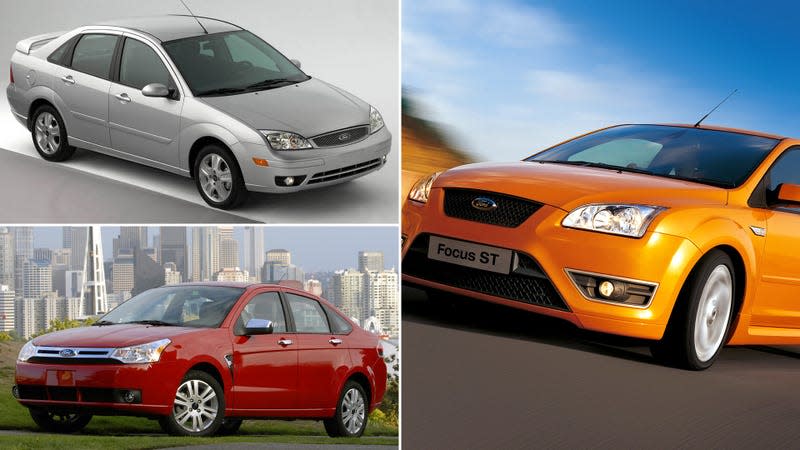
The 2005-2007 model-year Ford Focus sold in North America looked like a somehow more dated version of the original Focus, a car that launched worldwide between 1998 and 2000. But if you happened to live in Europe around that time, you would’ve had the opportunity to purchase an entirely new generation of Ford’s popular hatch and sedan — one we never received on our shores. One so good, it was even a World Car of the Year finalist. Personally, that’s always bugged me.
Read more
In fact, the Focus completely diverged geographically for its second generation. When North America finally did get a “new” model in 2007, it was even uglier and still largely based on the very same 10-year-old bones. Ford got it together again globally in time for the third generation in 2012 (busted PowerShift dual-clutch transmission aside). But by then, buyers’ tastes were starting to sway toward small crossovers and SUVs, and the Focus’ days were numbered. Today, well — we’ll soon be laying flowers at its altar. Rest in peace, Focus. When Ford cared, you could be pretty damn great.
Sixth-Generation Honda Accord
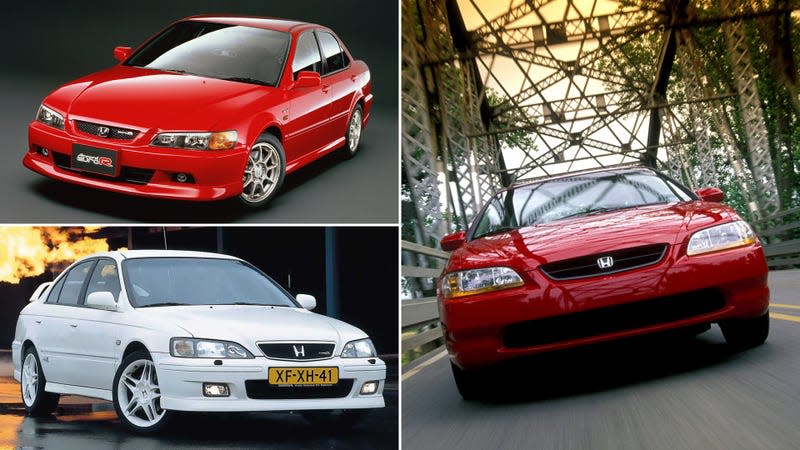
The late-’90s and early aughts were a strange time for Honda’s popular family sedan, which received entirely different models for each major territory, across the Americas, Europe and Asia. The sixth-gen Accord in the latter two markets received Type R, H22A-powered variants of their respective body styles (or “Euro R,” as it was known in Japan) while the seventh- and eighth-gen Accords were brought to North America as Acura TSXs. At least in the latter cases, U.S. buyers were offered some version of the car in sport-sedan guise, just with a different badge. American-market Accords were pretty much always bloated by comparison, though some of them still cleaned up — eight-gen notwithstanding.
Third-Generation Honda Odyssey
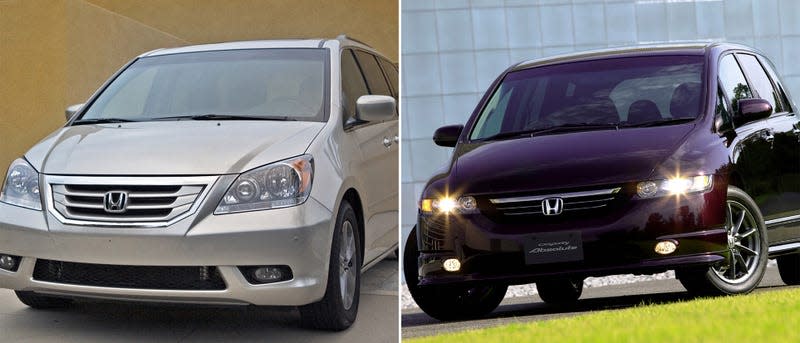
Believe it or not, the Honda Odyssey from nearly the same time period as the aforementioned Accord also fell victim to the phenomenon of being more interesting outside the States. There’s nothing inherently wrong with North America’s version of the third-gen Odyssey, but the one on sale in Japan between 2003 and 2008 was just plain cooler, with a leaner, wider look and techier, forward-thinking interior. You know how the Kia Carnival made us all collectively stop and take notice at a minivan for the first time maybe ever? Turns out, Honda actually cracked the code two decades ago.
Fourth-Generation Mitsubishi Mirage/Lancer
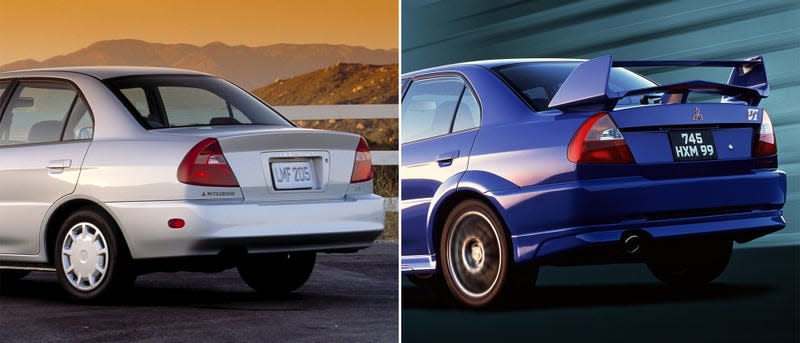
The history of the Mitsubishi Mirage and how it was sometimes but crucially not always the same as the Lancer, depending on market, is a discussion frankly too immense for the scope of this slideshow. (For that, I’ll just point you toward Wikipedia.) All I’ll say is that the car we knew as the Mirage here in North America from 1993 to 2001 was the basis for the Lancer sold in Japan at the time, and therefore also the basis for the Lancer Evolution. That Lancer Evolution. Converting a U.S. Mirage to an Evo is no simple task, but just a few years ago one dedicated enthusiast took it upon himself to right Mitsubishi’s glaring, unforgivable snub to American rally fans. All five of us.
Any Volkswagen Passat Made in the Last Decade
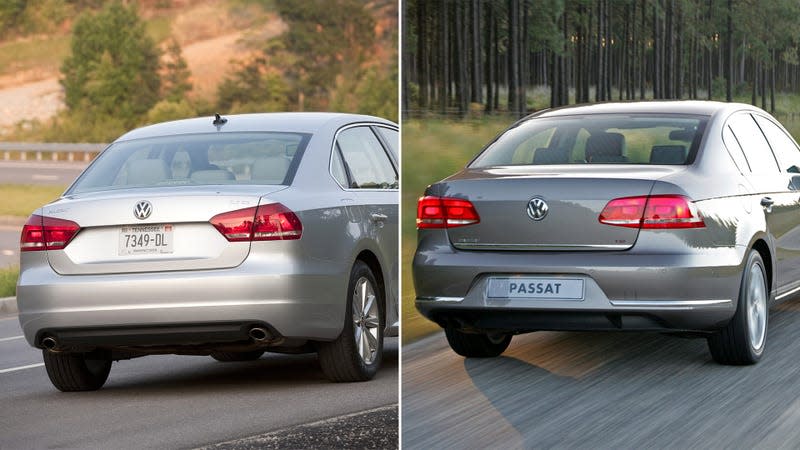

 Yahoo Autos
Yahoo Autos 